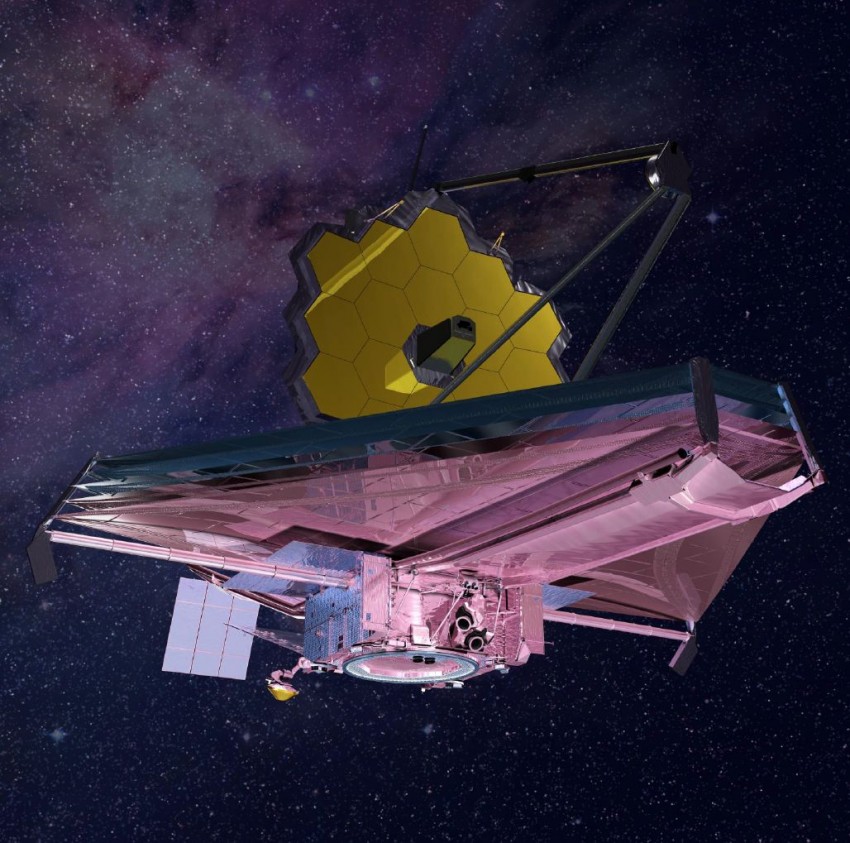At first glance, a neutron star is an indistinct sphere about twenty kilometers in diameter. But in reality, it is one of the most amazing things in the universe. A sphere with a diameter of twenty kilometers has a mass equivalent to 1.5-2 solar masses. It is difficult to imagine this if we consider that the diameter of the Sun is about 1.4 million kilometers. It is just as if we took two suns and compressed them into a sphere several kilometers in diameter. The density of such an object is simply unimaginable. Is it possible to study such small – but huge – objects hundreds of light years away?
Statistics say that most stars in the universe do not form alone, but rather form binary, triple, or multiple systems with other stars. So, if one of the stars of such a binary system ended its life in a supernova explosion, leaving behind only a neutron star, scientists could study such remnants of the previous star by looking closely at the other star in the system.
Read also: There is something unimaginable inside a neutron star. There is new evidence
The small neutron star, thanks to its mass and gravity, can attract material from its stellar companion, especially since it is going through the red giant stage. This material separated from the star settles on the surface of the neutron star, where, under the influence of gravity, it initiates thermonuclear reactions and thus the emission of X-rays.
Scientists have long tried to understand the processes that lead to thermonuclear explosions on the surface of a neutron star, that is, in conditions that cannot be reproduced in Earth laboratories. For this purpose, simulations performed on the largest supercomputers on Earth are used. Depending on needs and capabilities, scientists use 2D or 3D models of X-ray bursts on the surface of the neutron star.
In the latest scientific article The researchers decided to compare the results of 2D and 3D simulations performed on the Summit supercomputer located at the Oak Ridge Leadership Computing Facility. The main goal was to investigate the behavior of matter on the surface of a neutron star in extremely high gravity conditions. Paradoxically, at the same time, computer models of thermonuclear and X-ray reactions allow us to set new limits on the size of the studied neutron star.
However, it is not just a matter of knowing the value of the neutron star radius. This value, along with the mass, is one of the main factors that allow us to understand the interior of such an object, which must be described by the so-called stellar equation of state. Only from all this data can scientists determine how the pressure and energies inside the star affect its temperature, chemical composition and density of such an extreme object.
However, this task is not that easy to accomplish. Astrophysicists first had to simulate the evolution of an X-ray flare flame on the surface of a neutron star. During the simulations, the scientists examined how the flame would propagate at different temperatures and with different rotation speeds of the neutron star. Only on the basis of such 2D simulation can 3D simulation be performed.
Read also: Neutron star: what is it and how is it formed? Do we owe the creation of the Earth to this?
The more we understand the behavior of flares and flames on the surface of a star, the better we understand the neutron star itself. The simulation, described in a paper published in the Astrophysical Journal, focused on a neutron star whose surface is a million times hotter than the Sun and rotates at a rate of 1,000 revolutions per second.
The fact that measurements of the hydrogen burning rate on the neutron star surface in the 2D and 3D simulations were similar validated the use of less computationally demanding 2D simulations to model the neutron star. 3D simulations are only necessary at the stage of analyzing the turbulence that the flame must encounter as it moves along the surface of the star.
“We are close to establishing a model of a flame spreading across the entire star from pole to pole,” admit the study authors. So we can safely assume that our knowledge of these mysterious and extreme objects will develop rapidly in the coming years.

Echo Richards embodies a personality that is a delightful contradiction: a humble musicaholic who never brags about her expansive knowledge of both classic and contemporary tunes. Infuriatingly modest, one would never know from a mere conversation how deeply entrenched she is in the world of music. This passion seamlessly translates into her problem-solving skills, with Echo often drawing inspiration from melodies and rhythms. A voracious reader, she dives deep into literature, using stories to influence her own hardcore writing. Her spirited advocacy for alcohol isn’t about mere indulgence, but about celebrating life’s poignant moments.








